The Ditchling Museum of Art + Craft reopens after an overhaul by Adam Richards Architects
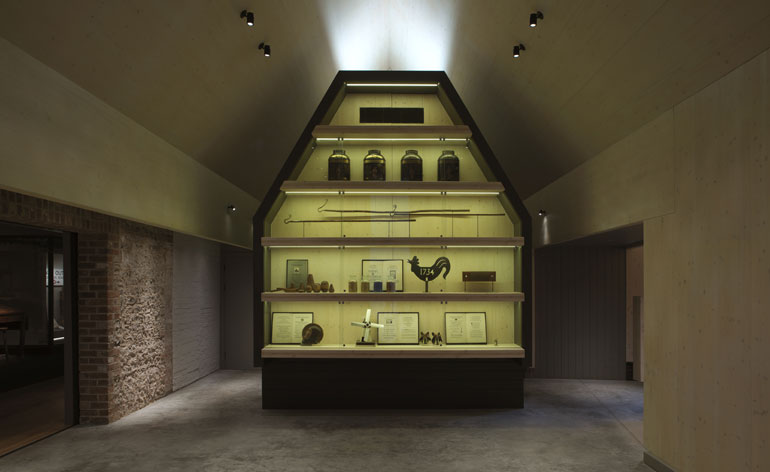
For many decades, the rural English museum was a typology untroubled by architects. All that changed, of course, with the idea that a museum could be a destination in its own right, a piece of architecture equal to or even exceeding the worth of the collections within.
Nestled in the rolling landscape of East Sussex, the Ditchling Museum of Art + Craft seemed even less concerned with appearances than most. A former village school, bolstered by the gentle accretion of two decades, the Museum brought together art, crafts and design, building on the village's longstanding association with some of the key figures in early twentieth century applied art, design and sculpture.
Last week, the overhauled museum was officially opened by Sir Nicholas Serota. Re-built, re-hung, re-organised and utterly transformed, the new museum buildings were designed by Adam Richards Architects, funded by the Heritage Lottery Fund. They were five years in the making, following a competition win in 2008.
Richards' approach is one of unification and restoration, with new build carefully sandwiched between existing structures. The museum used to be entered via St Margarets churchyard but Richards, together with project architect Sam Dawkins, flipped the orientation, transforming a carefully restored former 18th cart lodge into an entrance, café and shop, leading through to the re-ordered main gallery via a terracotta clad link building.

The museum's original orientation was flipped, transforming a carefully restored former 18th cart lodge into an entrance, café and shop, leading through to the re-ordered main gallery via a terracotta clad link building
Richards describes the commission as a 'great treat', and the architecture is domestic in scale and meticulous in its details, despite the tight budget. He speaks of trying to 'imbue the museum with the spirit of its collection,' a process that begins simply and honestly with the restored cart lodge, stripped back to bare bones and rebuilt - 'nipped and tucked' - into a sort of rustic pavilion, the first floor cut away to reveal the beams above and a window placed just so to give a view out onto the church. Richards visited a huge variety of museums to research the job, from Kettle's Yard in Cambridge to Chipperfield's Neues Museum in Berlin, but in the end it's the vernacular of West Sussex that wins through, as well as a palette of mild, earthy colours - greys, browns and reds.
The domestic scale is carried through the new link building, up a tapering set of concrete stairs and clad externally in terracotta tiles. From here, one enters a new gallery building, a zinc-clad, barn-like form with a single tall window overlooking the village pond. Here the architects have built a tall display cabinet - a wunderkammer - that hints at the collection within and its connection to the life of the village.
The pivotal Ditchling artist is of course Eric Gill, the deeply complex and devoutly Catholic letterer and typographer. Gill came to Ditchling in 1907, and from then onwards, the small village became home to a group of artists and craftspeople who stayed true and loyal to the ideals of the Arts and Crafts movement. Often devout and other-worldly - Gill established The Guild of St Joseph & St Dominic in Ditchling and ritual, liturgy and prayer were integral to their lives - and certainly artistic and eccentric by modern standards, the artists were also devoted to the highest levels of craftsmanship and quality.

The architects' approach was one of unification and restoration, with new build carefully sandwiched between existing structures
The main gallery, planned and laid out by Richards with signage and way-finding by Phil Baines, sets out the lives and work of the main players in the community - Gill, Edward Johnston, Hilary Pepler, David Jones, Desmond Chute, Philip Hagreen, Edgar Holloway, Ethel Mairet and Hilary Bourne (who set up the museum in 1985).
Perhaps they would have remained marginal but revered figures in art history, were it not for their impact on the look and feel of modern life. Edward Johnston, who had taught Gill and arrived in Ditchling in 1912, is best known for shaping the typography and identity of the London Underground, having been commissioned by Frank Pick in 1913, while Gill's typeface, Gill Sans, is still widely used.
The Museum of Art + Craft feels simultaneously timely and old-fashioned, replacing the ad hoc and ramshackle arrangement of the original buildings with sleeker, crisper, Farrow-and-Balled version of the original, filled with the analogue totems of the digital era - letter-pressed type, carving, craft, honesty and virtue. The printing press itself, once the hub of the community, is given reverential placement, an altar piece paired with alcoves containing the tools, materials and output of the Ditchling Press.
Richards and his team use architecture to hint at the divine within the ordinary, giving a modern, largely secular, audience just a taste of the motivations and obsessions that shaped a very singular community.
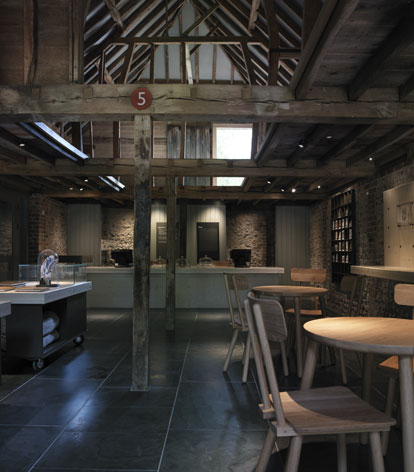
The cart lodge was stripped back to bare bones and rebuilt into a sort of rustic pavilion, with the first floor cut away to reveal the beams above and a window placed just so to give a view out onto the church
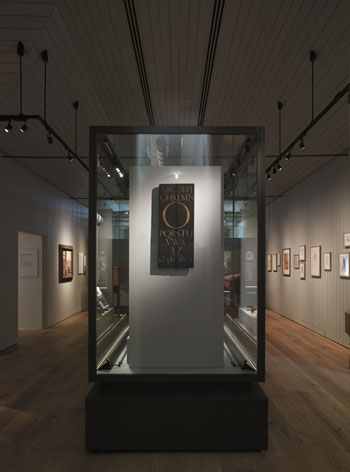
The main gallery, planned and laid out by Adam Richards with signage and way-finding by Phil Baines, sets out the lives and work of the main players in Ditchling's historic art community - Eric Gill, Edward Johnston, Hilary Pepler, David Jones, Desmond Chute, Philip Hagreen, Edgar Holloway, Ethel Mairet and Hilary Bourne
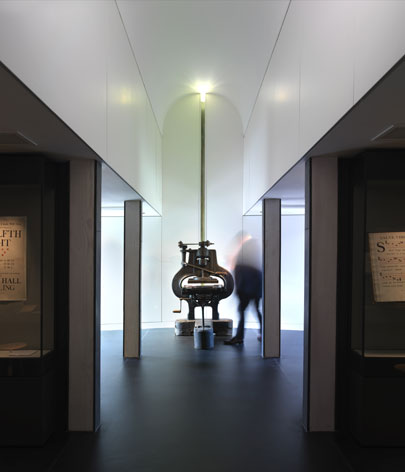
The printing press itself, once the hub of the community, is given reverential placement, an altar piece paired with alcoves containing the tools, materials and output of the Ditchling Press
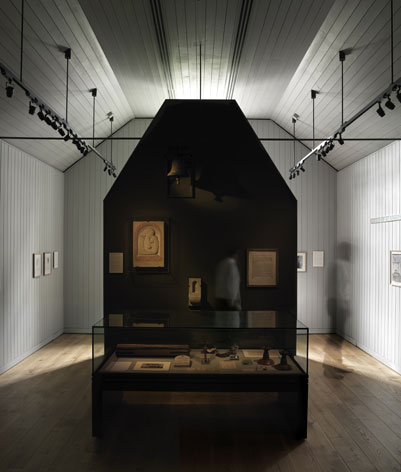
The new museum feels simultaneously timely and old-fashioned, replacing the ad hoc arrangement of the original buildings with sleeker, crisper, Farrow-and-Balled version of the original, filled with the analogue totems of the digital era - letter-pressed type, carving and craft
ADDRESS
Ditchling Museum of Art + Craft
Lodge Hill Lane
Ditchling
East Sussex BN6 8SP
Receive our daily digest of inspiration, escapism and design stories from around the world direct to your inbox.
Jonathan Bell has written for Wallpaper* magazine since 1999, covering everything from architecture and transport design to books, tech and graphic design. He is now the magazine’s Transport and Technology Editor. Jonathan has written and edited 15 books, including Concept Car Design, 21st Century House, and The New Modern House. He is also the host of Wallpaper’s first podcast.
-
 A new venture led by will.i.am, Trinity is an electric, AI-powered ‘brain on wheels’
A new venture led by will.i.am, Trinity is an electric, AI-powered ‘brain on wheels’The tilting Trinity 3-wheeler EV has emerged from a partnership between Nvidia, West Coast Customs, inventor Dean Kamen and tech-enthused musician and cultural entrepreneur will.i.am
-
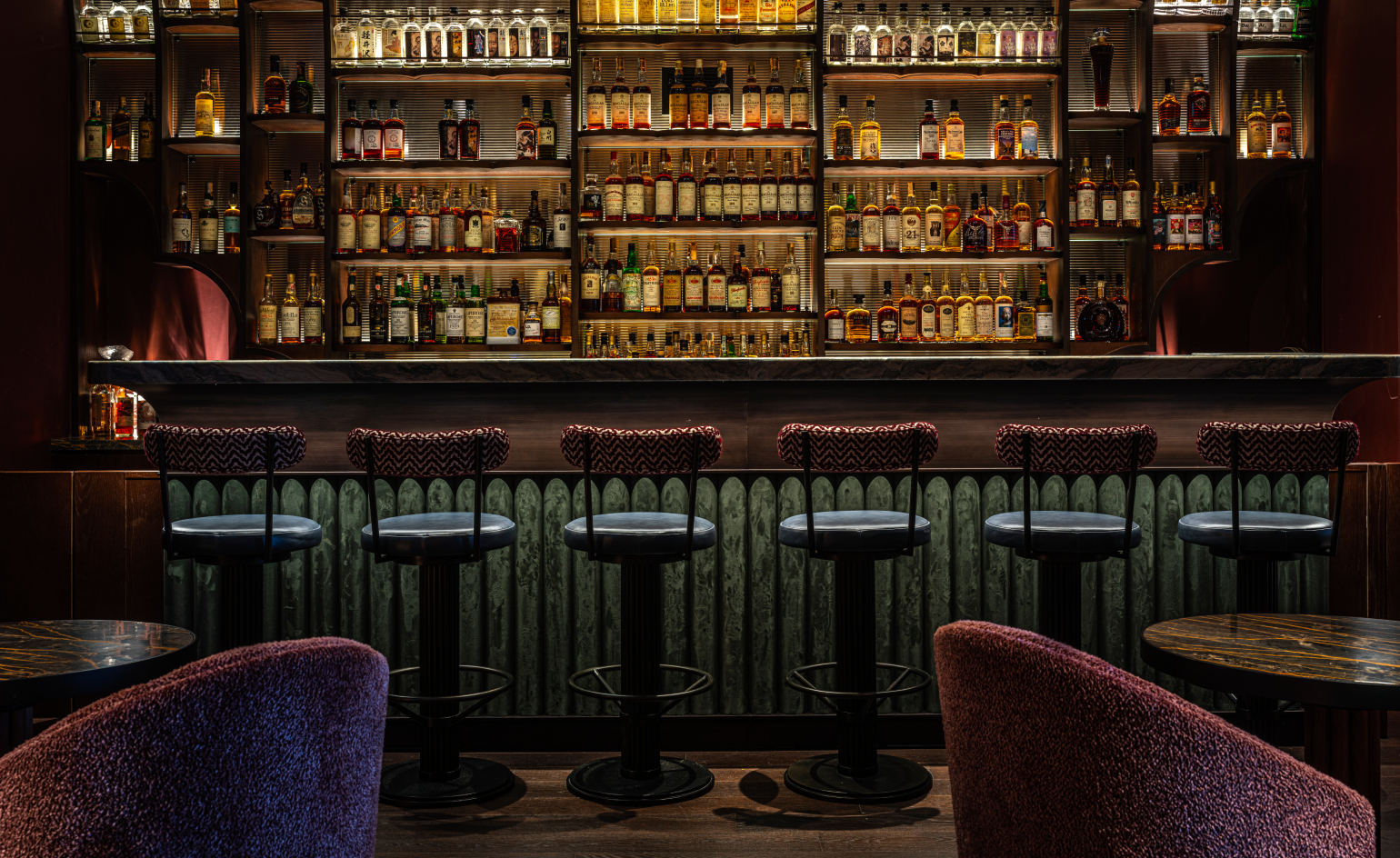 Wallpaper* Design Awards: Club Bâtard wins Best Social Hub 2026
Wallpaper* Design Awards: Club Bâtard wins Best Social Hub 2026Club Bâtard brings together an exclusive mix of fine dining and drinking across three floors of Hong Kong’s historic Pedder building
-
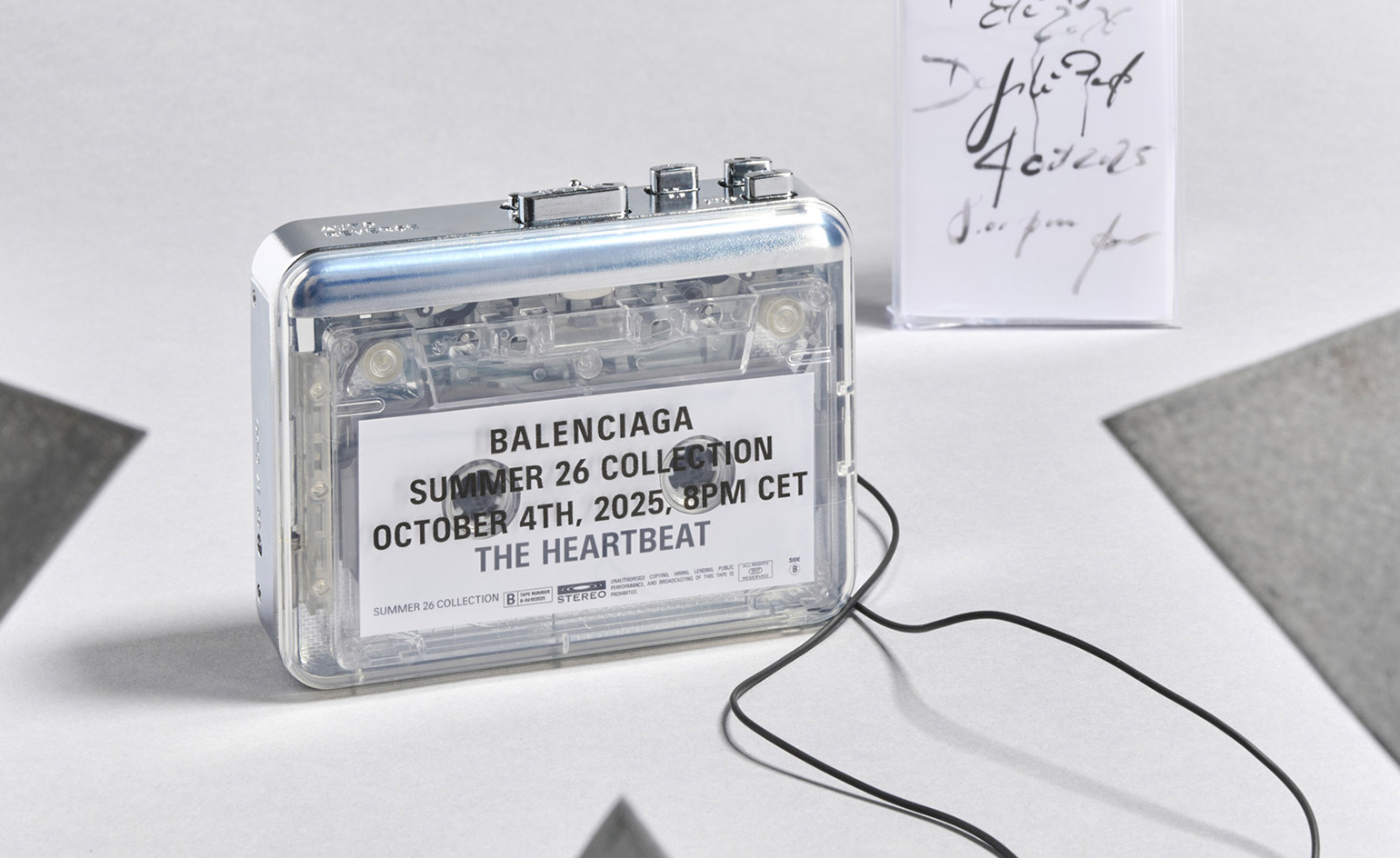 Wallpaper* Design Awards: this Balenciaga cassette player set our pulses racing
Wallpaper* Design Awards: this Balenciaga cassette player set our pulses racingThe invitation for Pierpaolo Piccioli’s debut runway show as creative director of Balenciaga was a cassette player that played a recording of a beating heart. It was our favourite invite of the year
-
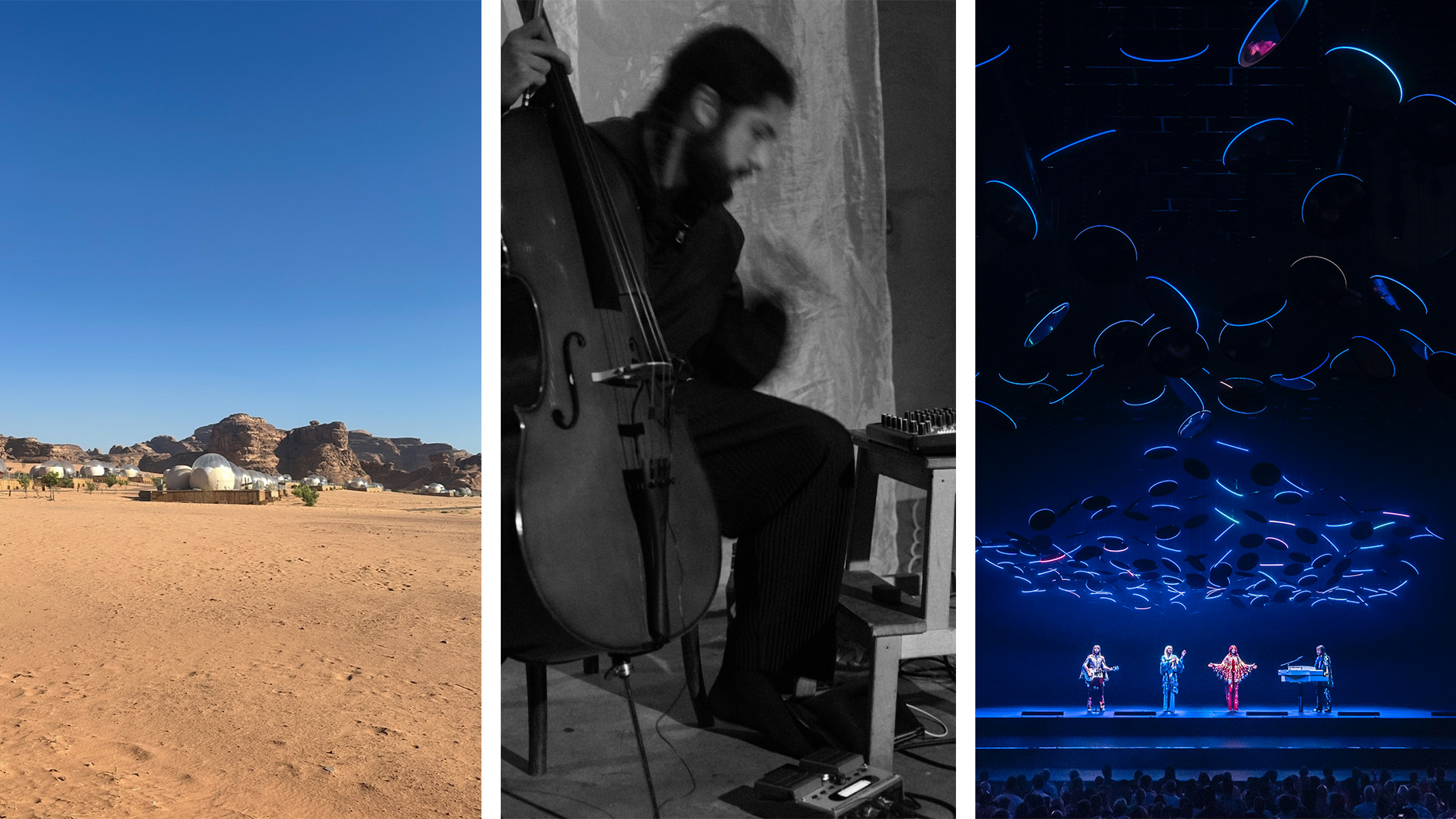 Out of office: what the Wallpaper* editors have been up to this week
Out of office: what the Wallpaper* editors have been up to this weekThis week saw the Wallpaper* team jet-setting to Jordan and New York; those of us left in London had to make do with being transported via the power of music at rooftop bars, live sets and hologram performances
-
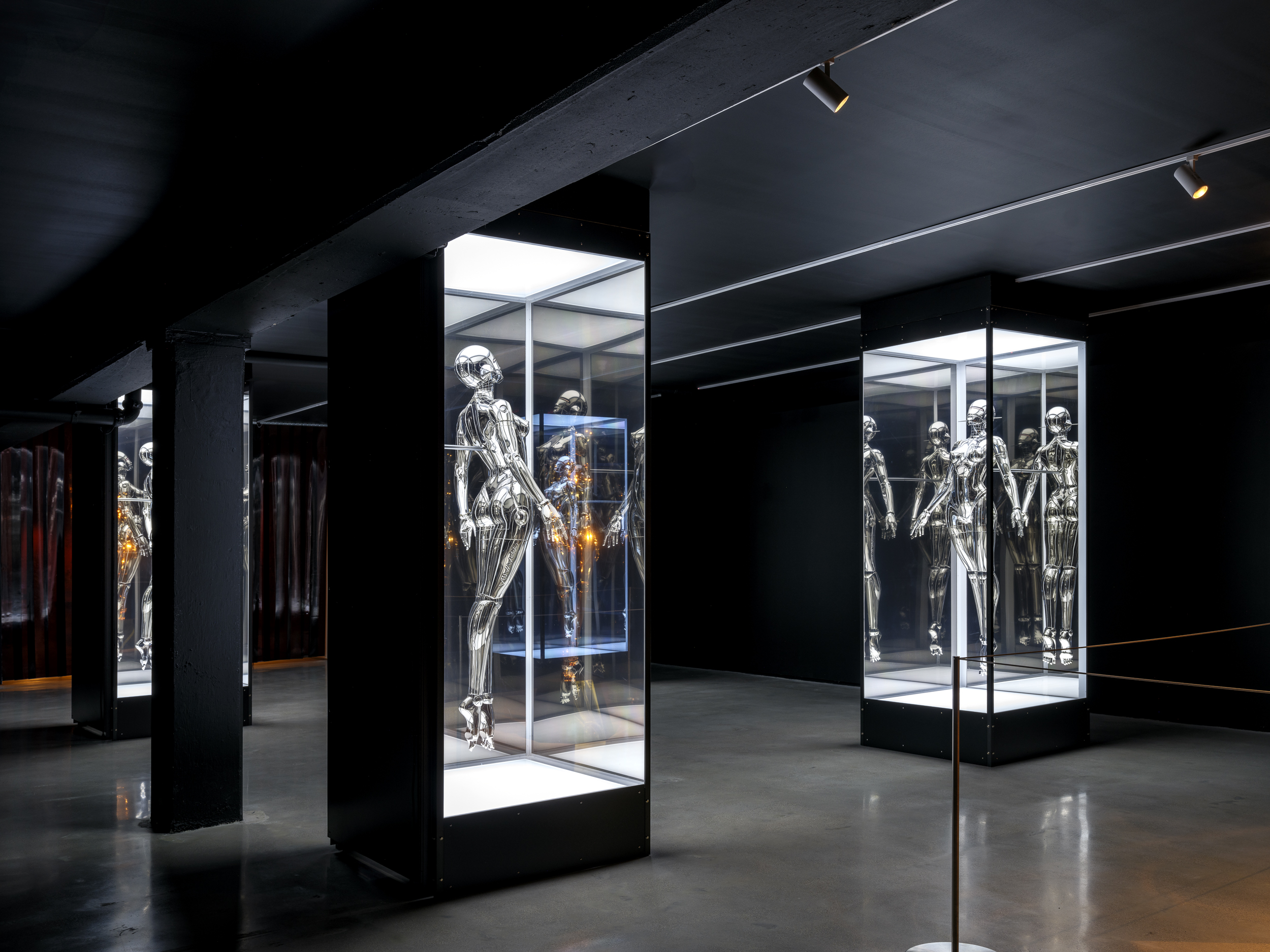 Miami’s new Museum of Sex is a beacon of open discourse
Miami’s new Museum of Sex is a beacon of open discourseThe Miami outpost of the cult New York destination opened last year, and continues its legacy of presenting and celebrating human sexuality
-
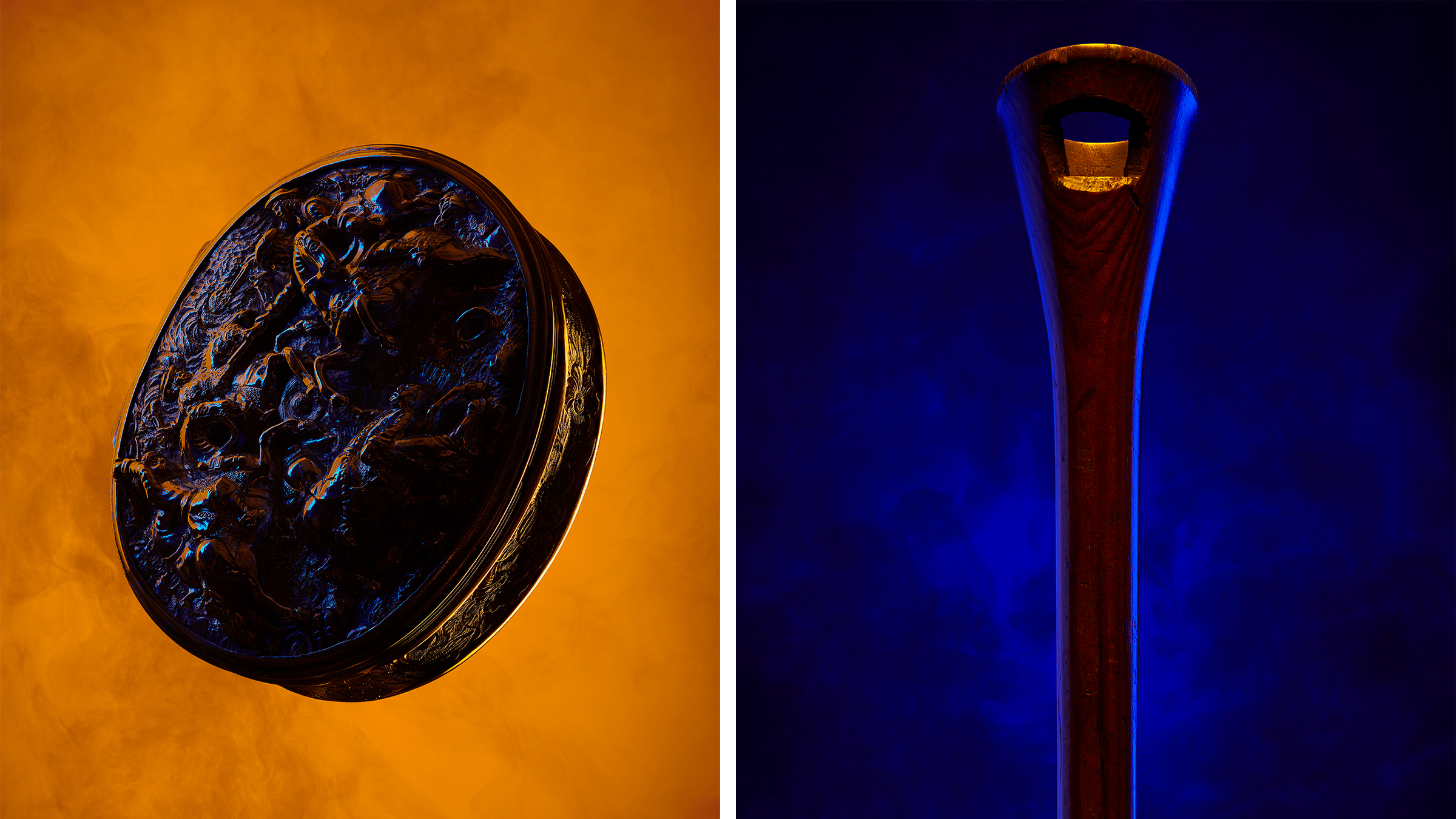 Royal College of Physicians Museum presents its archives in a glowing new light
Royal College of Physicians Museum presents its archives in a glowing new lightLondon photography exhibition ‘Unfamiliar’, at the Royal College of Physicians Museum (23 January – 28 July 2023), presents clinical tools as you’ve never seen them before
-
 Museum of Sex to open Miami outpost in spring 2023
Museum of Sex to open Miami outpost in spring 2023The Museum of Sex will expand with a new Miami outpost in spring 2023, housed in a former warehouse reimagined by Snøhetta and inaugurated with an exhibition by Hajime Sorayama
-
 Jenny Holzer curates Louise Bourgeois: ‘She was infinite’
Jenny Holzer curates Louise Bourgeois: ‘She was infinite’The inimitable work of Louise Bourgeois is seen through the eyes of Jenny Holzer in this potent meeting of minds at Kunstmuseum Basel
-
 ‘A Show About Nothing’: group exhibition in Hangzhou celebrates emptiness
‘A Show About Nothing’: group exhibition in Hangzhou celebrates emptinessThe inaugural exhibition at new Hangzhou cultural centre By Art Matters explores ‘nothingness’ through 30 local and international artists, including Maurizio Cattelan, Ghislaine Leung, Hiroshi Sugimoto, Liu Guoqiang and Yoko Ono
-
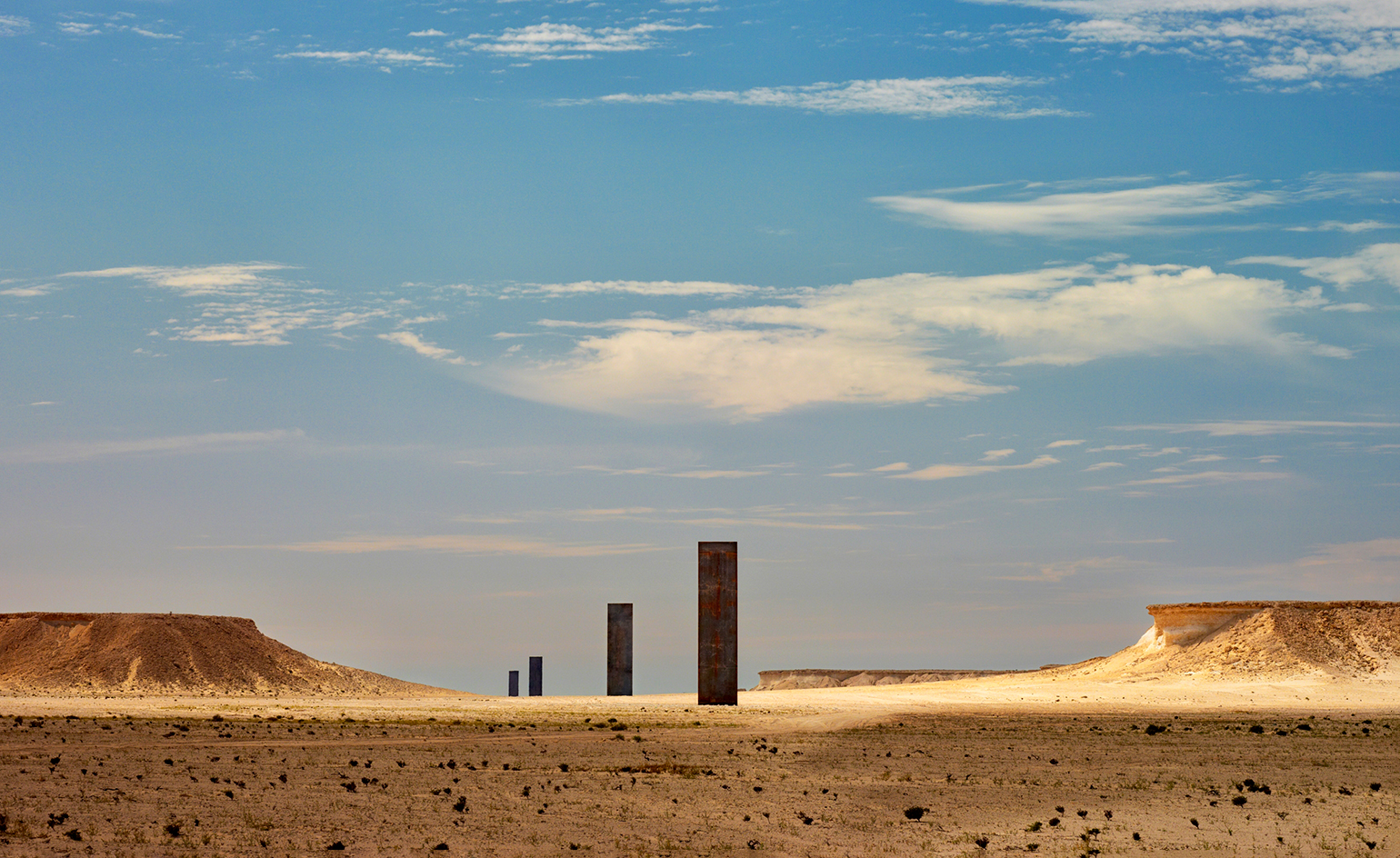 Three days in Doha: art, sport, desert, heat
Three days in Doha: art, sport, desert, heatIn our three-day Doha diary, we record the fruits of Qatar’s cultural transformation, which involved Jeff Koons, a glass palace of books, and a desert sunset on Richard Serra
-
 Hong Kong’s M+ Museum to open with six thematic shows
Hong Kong’s M+ Museum to open with six thematic showsAsia’s first global museum of contemporary visual culture will open on 12 November in Hong Kong’s West Kowloon Cultural District, with six themed shows spanning art, design and architecture